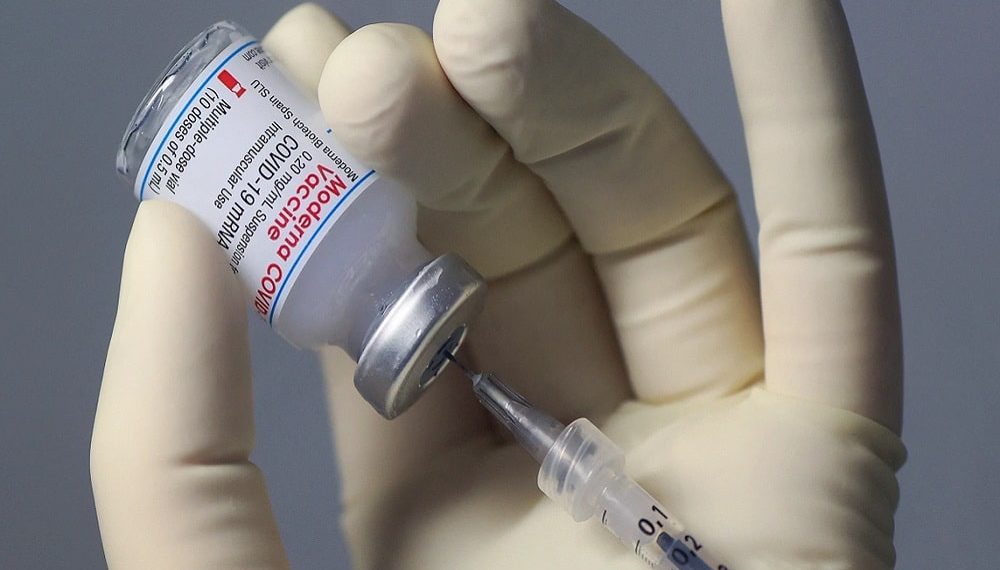Parents may soon be allowed to line up their children for vaccinations after Pfizer and Moderna’s COVID-19 vaccine application for young children progresses through the FDA’s regulatory procedure. Independent experts will vote this week as to whether to recommend Moderna’s vaccine for a broad range of children and teens and Pfizer’s vaccine for children aged 6 months to 4 years.
The FDA officials released their own conclusions ahead of the conference, stating that the immunizations are typically effective and safe in the relevant age groups. According to the reviewers, data from Pfizer’s programme revealed that the major sequence was 75.6% effective in children aged 6 months to 23 months. Efficacy was 82.4% in the 2- to 4-year-old age group. Gentleness at the injection site, irritability, sleepiness, decreased appetite, and fever were the most common adverse events in the 6-23 month group. The FDA staff stated that the rates of adverse responses for those participants were less than those in the 5-to-11-year-old age group.
Adverse effects in the 2- to 4-year-old age group included soreness at the injection site, weariness, headache, and cold. The rates were also lower than in the 5-to 11-year-old age group. An analysis indicated that the vaccination evokes equal production of antibodies against delta and the reference strain, but substantially lower levels against omicron, in response to the FDA’s demand for further information on the vaccine’s efficacy against the delta and omicron variations.
Moderna’s programme is unique in that the vaccine is not currently approved for adolescents, therefore the company is submitting two distinct applications for children aged 6 months to 17 years- one for children aged 6 months to 5 years and another one for children aged 6 years to 17 years.
Vaccine efficacy for children aged 12 to 17 years was 93.3% in trials, which is similar to the efficacy found in the adult study. The effectiveness rate was 76.8% in the 6-to 11-year-old group. According to FDA officials, the Moderna tests were completed during the omicron spike, and performance for this version looked to be consistent with efficacy reported in adults during the surge.
Meanwhile, adopting the CDC case definition, effectiveness in the 2-to 5-year-old group was lower, at 36.8%. Finally, efficacy was 50.6% in the 6-to-23-month group, according to the CDC definition.
Injection site pain was the most prevalent reaction after getting a dose, trailed by headaches and exhaustion. Other side effects were similar to those seen with the placebo. Another common and long-lasting reaction was irritability or crying. According to the CDC, COVID-19 has caused approximately 533 million illnesses and 6.3 million deaths worldwide. The Biden administration has stated that if the FDA approves the children’s immunizations, shots may begin in arms by June 21.



















